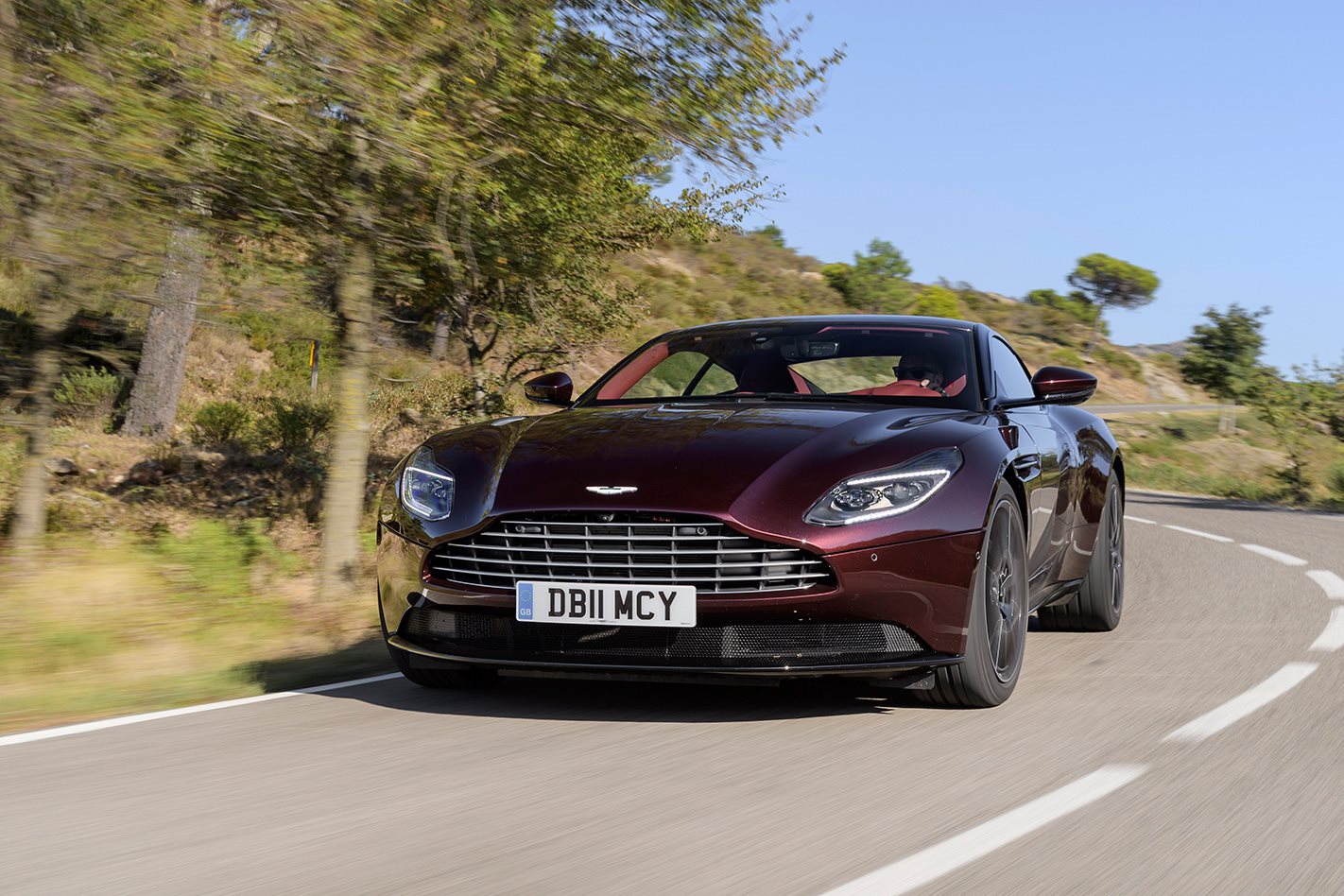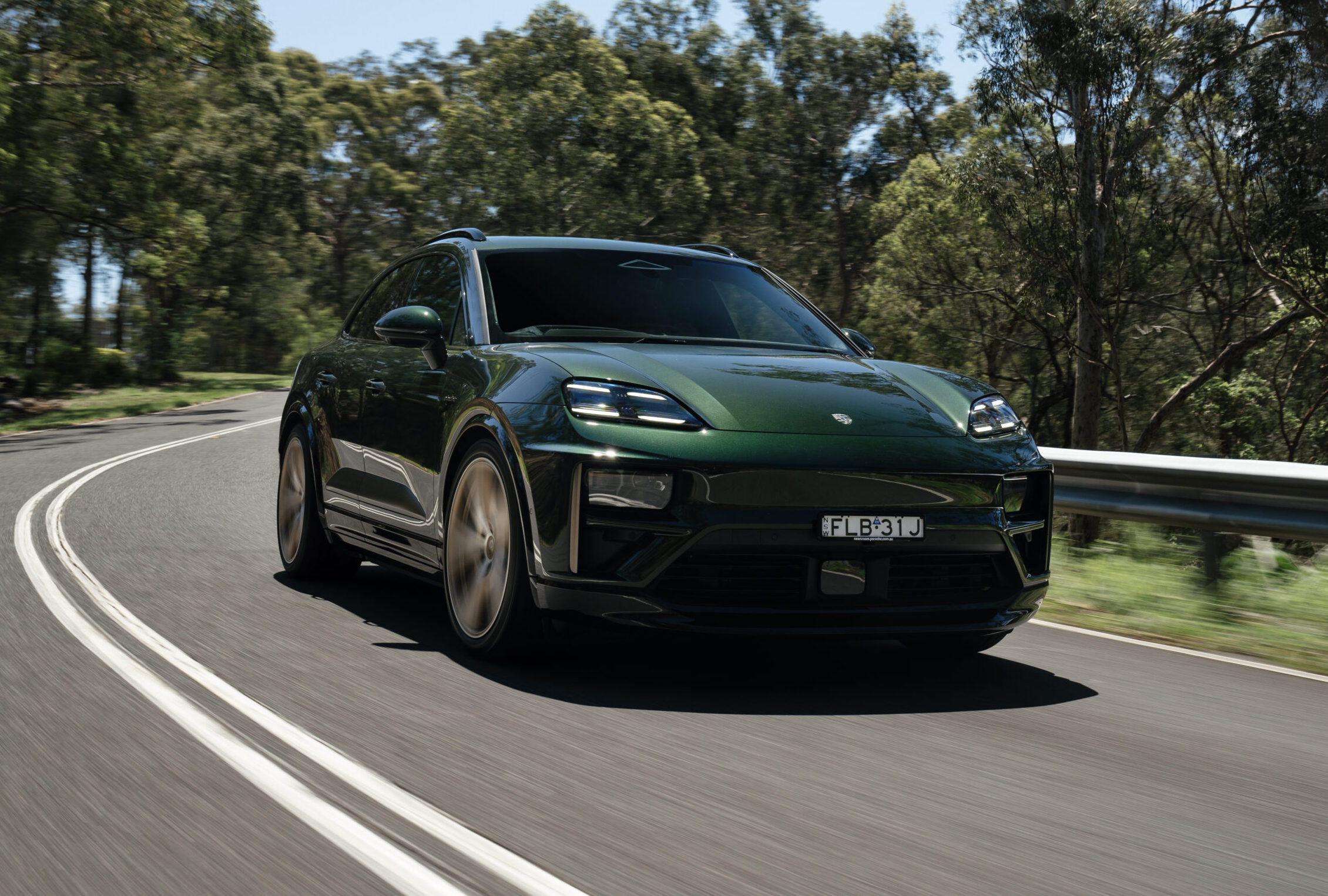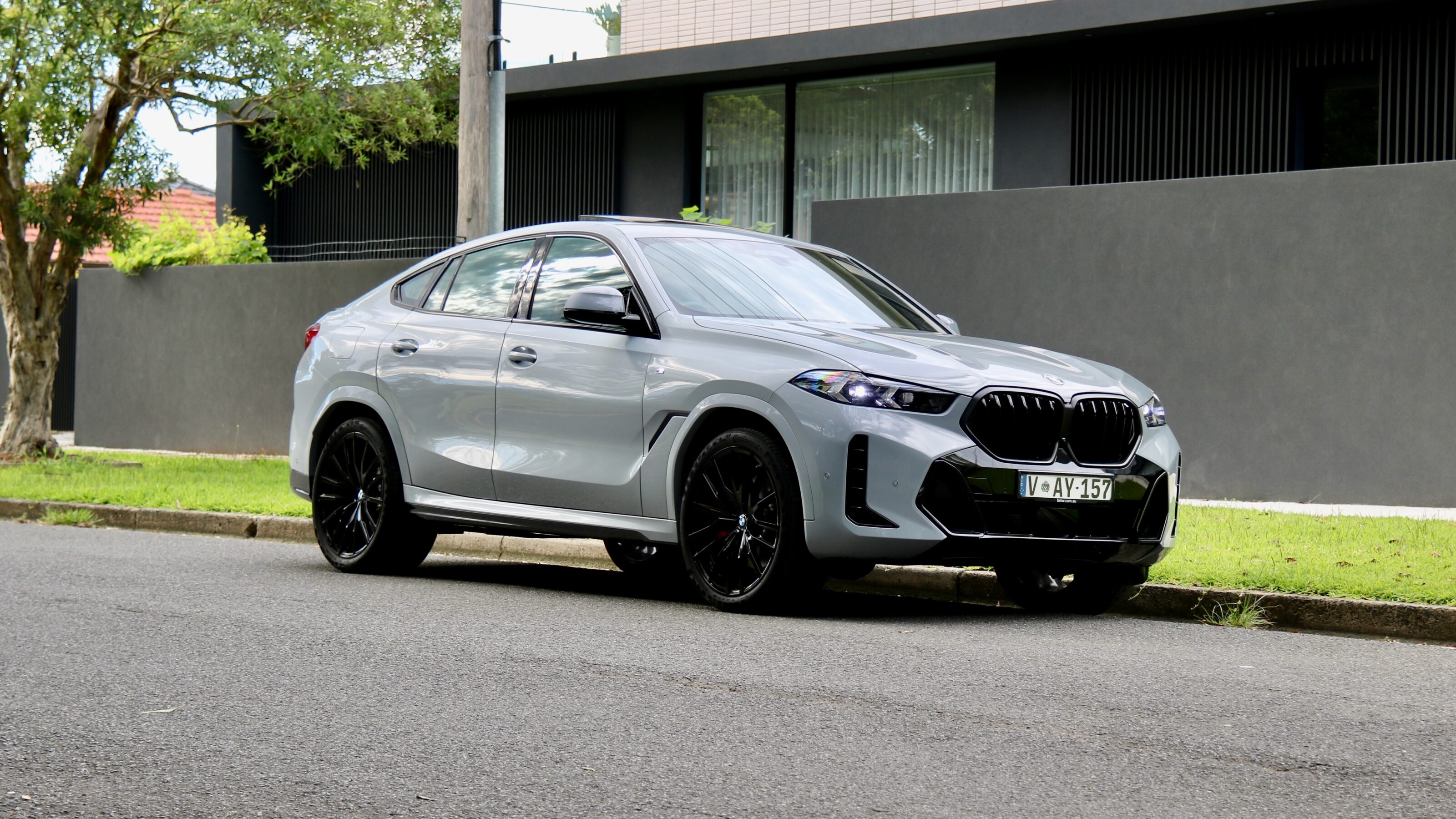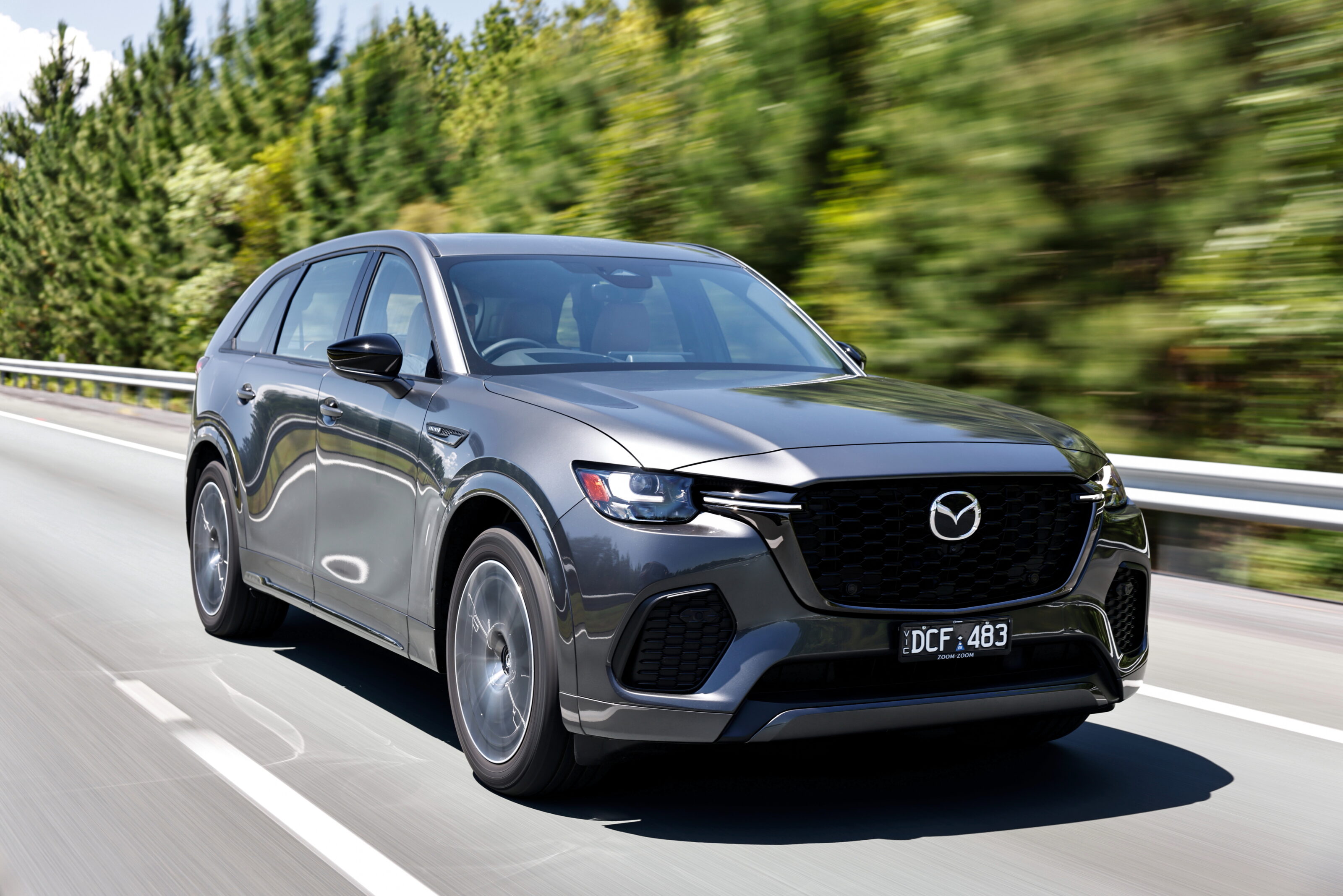There’s no doubt that Aston Martin knew exactly what it was doing when it took the decision, four years ago, that would lead to the DB11 getting a twin-turbocharged V8 engine from Mercedes-AMG.
It’s become an alternative to the Cologne-built twin-turbo V12 and is an integral part of Aston’s future, in all sorts of models. Okay, the V12 has the faster 0-100km/h and higher top speed claims, so Gaydon’s performance hierarchy isn’t exactly in tatters.
But with only 25Nm between the siblings and 115kg saved by the cheaper newbie, there was never likely to be much breathing space left for the pricier model. So why take the risk? Interestingly there are reasons other than financial to consider whether your new Aston really needs 12 cylinders – and they’re convincing.
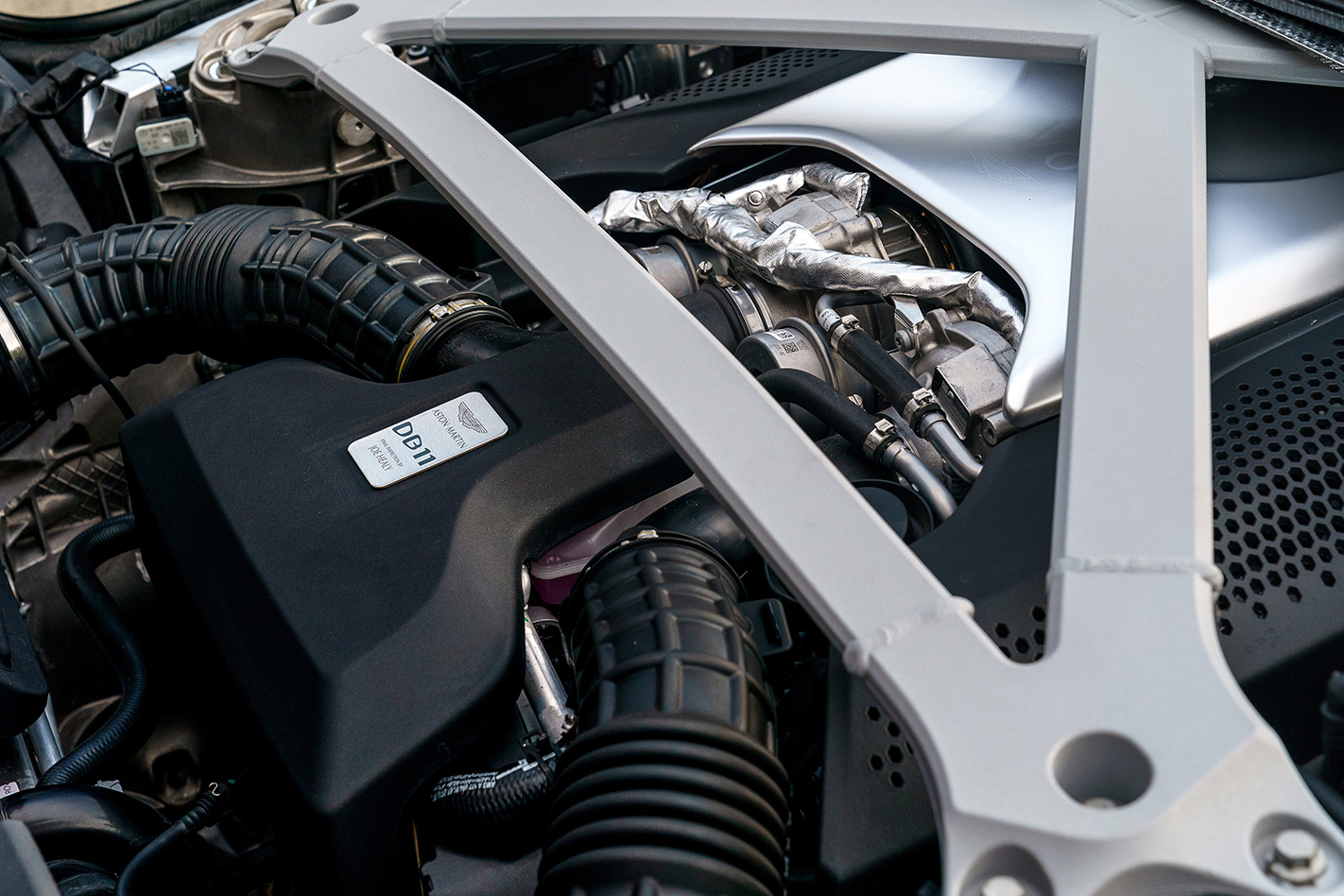
Changes to the V8’s suspension include stiffer bushings and anti-roll bars front and rear, some altered wheel geometry and new adaptive dampers programmed for a greater spread of ride comfort and body control between the GT, S and S-Plus drive modes.
There’s a new lateral link in the multi-link rear suspension and a much greater sense of support from the rear axle. The spring rates in effect haven’t changed, but the power steering calibration has, with an emphasis put on more weight and feedback and improved on-centre stability.
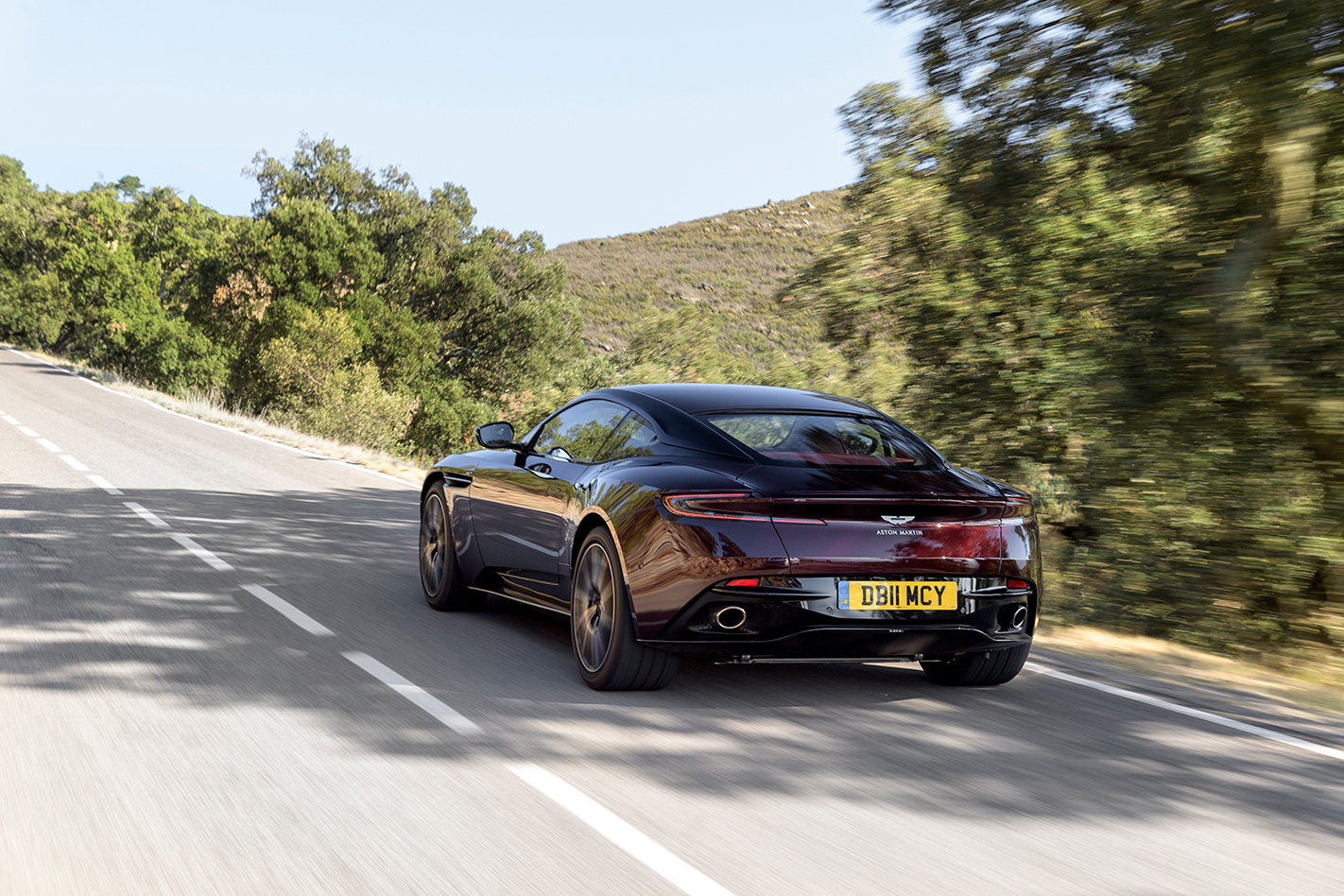
It’s more than potent enough to make the DB11 a first-class performer, and in some ways it even shows the V12 up a bit. Having widened the gap between suspension modes, Aston has also created bigger and more clearly defined steps between the matching GT, S and S-Plus powertrain modes.
S suits the car best on the road, while S-Plus is for short bursts given it can make the car highly strung. The vigour with which the car hustles from 3000 to 5000rpm is impressive. However, the DB11 V8’s handling is an even better advert than its engine.
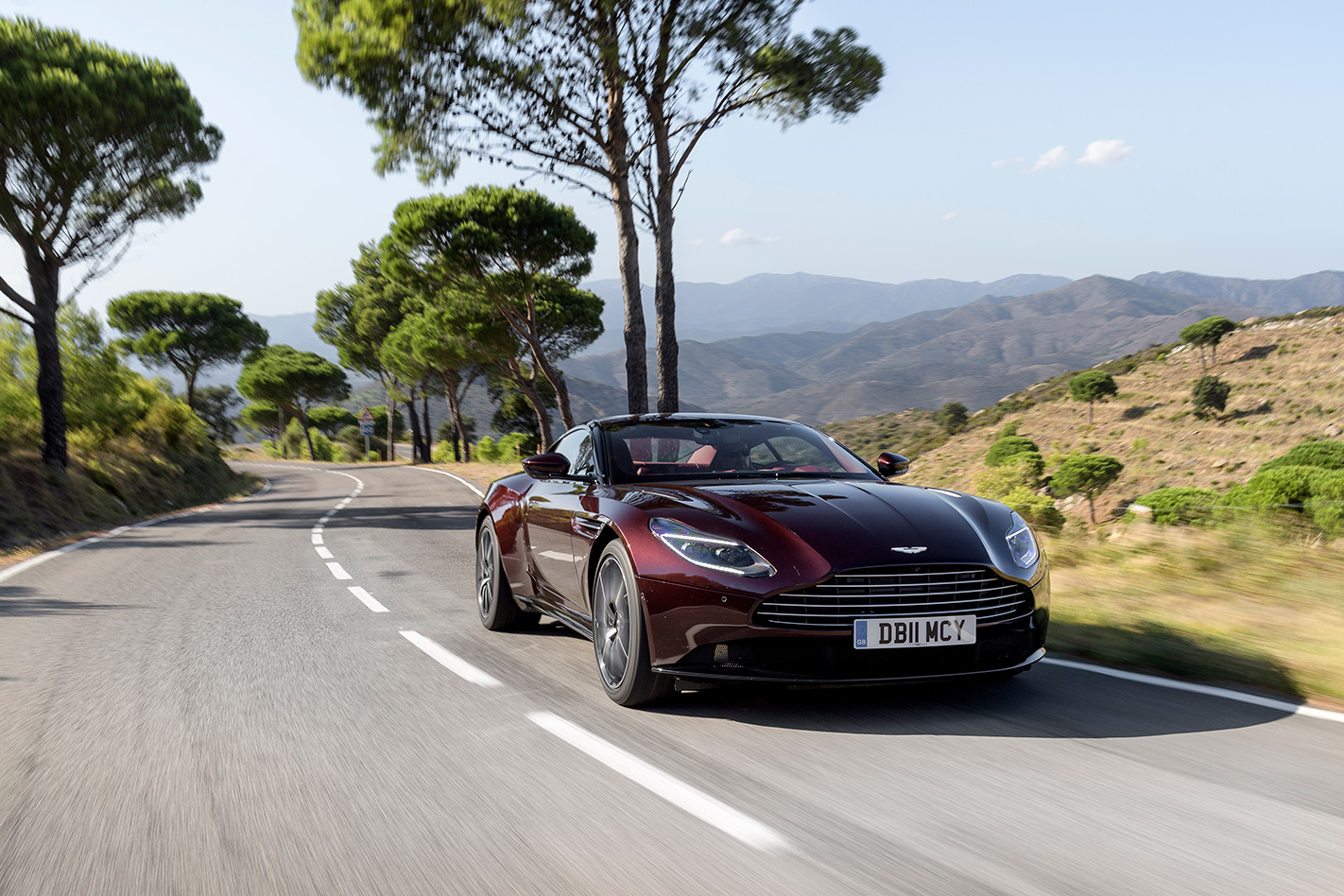
The difference that weighty, newly communicative electric power steering system makes to your ability to gauge the level of grip under the front tyres is a big one too. It means you can explore the balance and adjustability of the chassis in a way you simply wouldn’t risk in the V12.
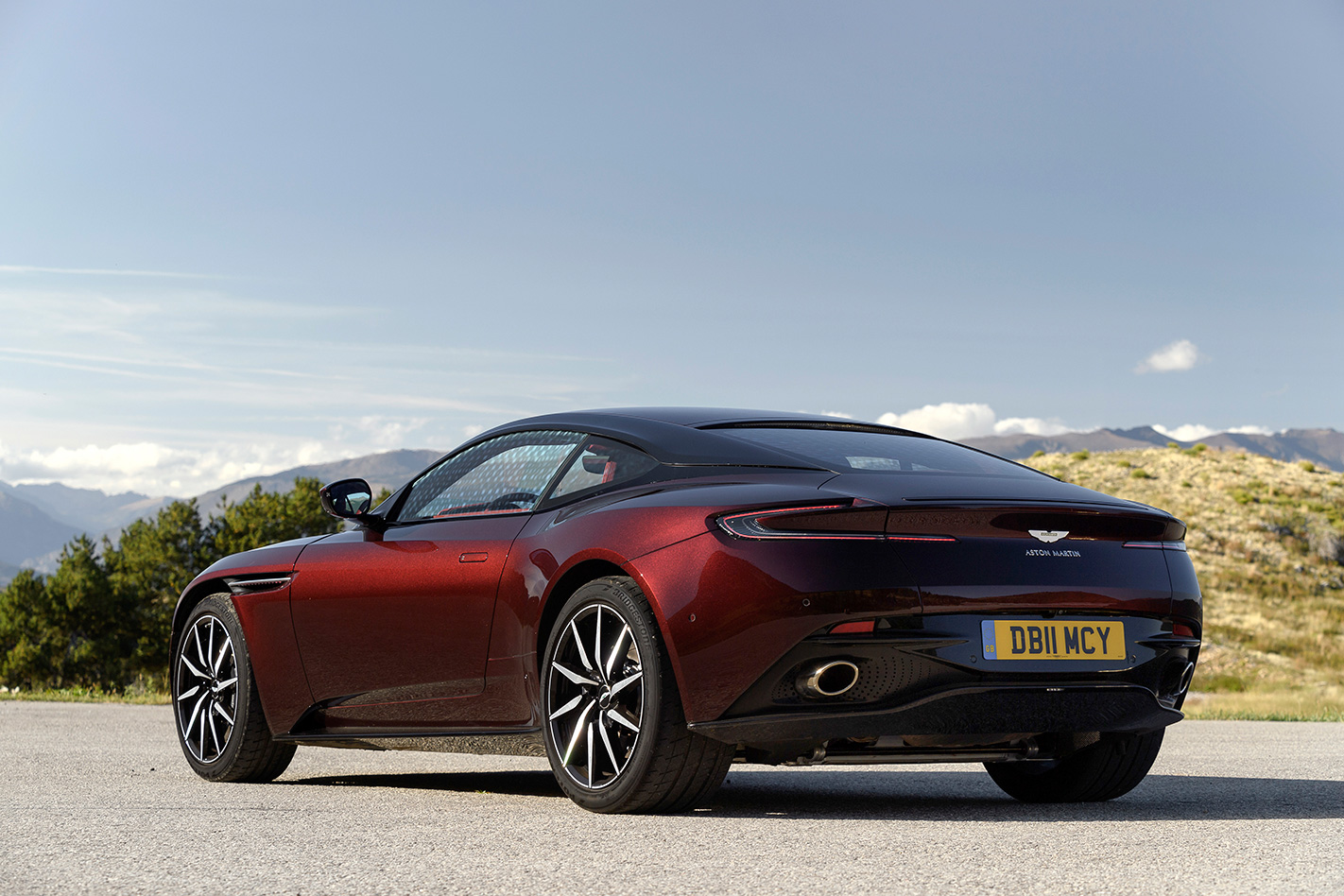
But for proof of the V8’s stature as simply a better-executed DB11, look no further than Aston Martin’s plan to transfer most of the V8’s suspension and steering changes onto the V12 as part of next year’s model year revision. If I was going to buy a 12-cylinder DB11 I’d wait until 2018 to do it. But on this evidence, I might not actually buy a V12 at all.
4.5 stars out of 5 Likes: Improvements to steering; V8 is the DB11 to have Dislikes: Doesn’t sound angry enough
2018 Aston Martin DB11 V8 Specs: Engine: 3982cc V8, DOHC, 32v, twin-turbo Power: 375kW @ 6000rpm Torque: 675Nm @ 2000-5000rpm Weight: 1760kg 0-100km/h: 4.0sec (claimed) Price: $368,000

